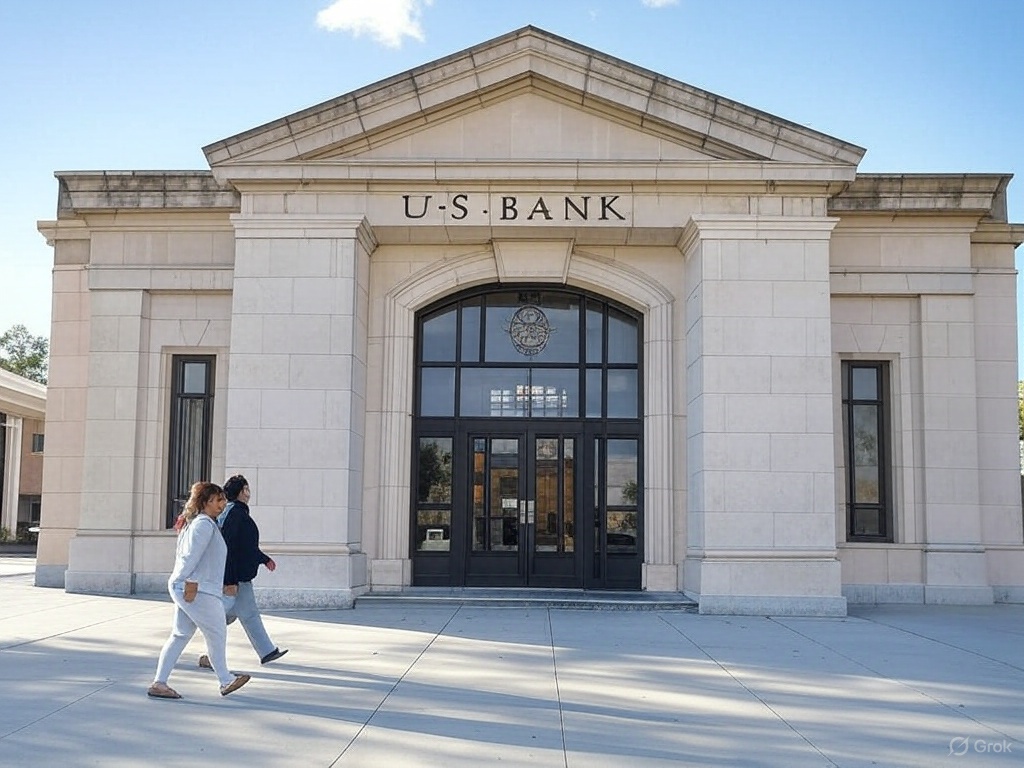In recent weeks, President Donald Trump has voiced concerns over the perceived inequities in the banking relationship between the United States and Canada (US banks in Canada). On March 4, 2025, he claimed that Canada restricts American banks from operating within its borders, while Canadian banks enjoy unfettered access to the U.S. market. He expressed his views on Truth Social, suggesting the situation is unfair.

Fact-Checking the President’s Claims
Contrary to President Trump’s assertions, American banks have a significant presence in Canada. The Canadian Bankers Association reports that sixteen U.S.-based banks operate in Canada, holding approximately C$113 billion in assets. These institutions offer a range of financial services, including corporate and commercial lending, treasury services, credit card products, investment banking, and mortgage financing.
Notable U.S. banks such as Bank of America, Wells Fargo, Citigroup, U.S. Bank, JPMorgan, and Northern Trust have established operations in Canada. These banks serve both cross-border and domestic markets, contributing to the diversity and competitiveness of Canada’s financial sector.
Understanding Canada’s Banking Regulations
Canada’s banking system is characterized by stringent regulations designed to maintain financial stability and protect consumers. All banks, whether domestic or foreign, must comply with the Bank Act of 1991 and are supervised by the Office of the Superintendent of Financial Institutions (OSFI). This regulatory framework ensures that banks operate prudently, contributing to the overall health of the financial system.
Foreign banks wishing to operate in Canada can do so through subsidiaries (Schedule II banks) or branches (Schedule III banks). While subsidiaries are separate legal entities subject to the same regulations as domestic banks, branches face certain restrictions, such as limitations on accepting deposits below a specified amount. These measures are in place to ensure a level playing field and safeguard the interests of Canadian consumers.
U.S. Banks’ Perspective on Canadian Regulations
Despite the rigorous regulatory environment, U.S. banks have successfully established and grown their operations in Canada. The comprehensive oversight by Canadian authorities is often viewed positively, as it ensures market stability and reduces systemic risks. This stability can be attractive to banks seeking to operate in a predictable and secure environment.
Moreover, the presence of U.S. banks in Canada demonstrates that the regulatory framework, while stringent, is not prohibitive. These institutions have adapted to the Canadian market, offering services that cater to both corporate clients and individual consumers. Their ability to navigate the regulatory landscape speaks to the effectiveness and accessibility of Canada’s banking system.
The Broader Context: U.S.-Canada Trade Relations
President Trump’s comments on banking are part of a larger narrative concerning U.S.-Canada trade relations. Recently, the U.S. imposed a 25% tariff on Canadian products, justified by concerns over issues such as drug trafficking and immigration. These tariffs have led to tensions between the two nations, with Canadian officials threatening retaliation.
The banking sector, however, remains a testament to the strong economic ties between the U.S. and Canada. The successful operation of U.S. banks in Canada highlights the mutual benefits derived from open and regulated financial markets. It also underscores the importance of basing policy decisions on accurate information and recognizing the complexities inherent in international trade and finance.

Conclusion
While President Trump’s concerns about the fairness of Canada’s dealings with American banks have sparked discussions, the evidence indicates that U.S. banks are not only allowed to operate in Canada but are also thriving under its regulatory framework. This reality highlights the strength and resilience of the financial relationship between the two countries, serving as a foundation for continued economic collaboration.
As the discourse on trade and financial regulations evolves, it is crucial for policymakers and stakeholders to rely on factual information. Recognizing the existing cooperation and success within the banking sector can pave the way for more informed decisions that benefit both nations.



